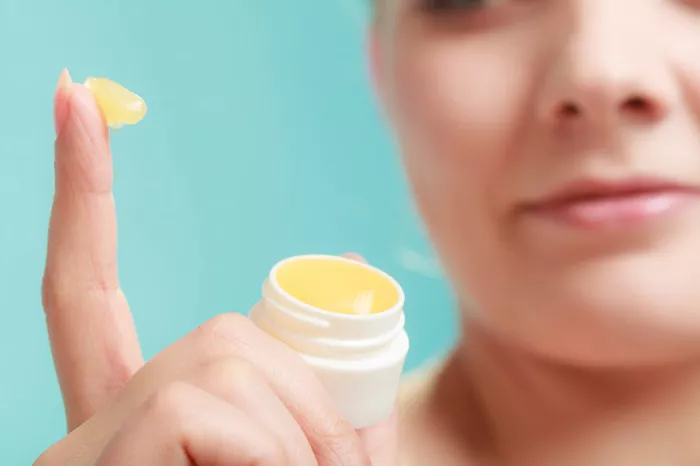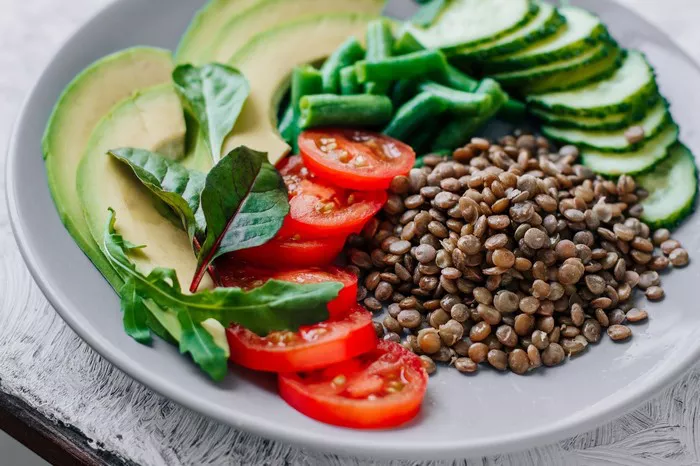The quest for flawless skin has led many individuals to explore various methods and products aimed at preventing or minimizing scarring. Among these, Vaseline, a popular petroleum jelly product, has garnered attention for its purported ability to prevent scars from forming or reduce their appearance. In this article, we delve into the science behind scar formation, examine the properties of Vaseline, and explore whether Vaseline can truly help prevent scarring.
Understanding Scar Formation
Before exploring the potential benefits of Vaseline in scar prevention, it’s essential to understand how scars form and the factors that influence their appearance:
The Wound Healing Process
Inflammatory Phase: Immediately following an injury, the body initiates an inflammatory response to remove damaged tissue and bacteria from the wound site.
Proliferative Phase: During this phase, new tissue forms to fill the wound, primarily consisting of collagen, the main structural protein in the skin.
Remodeling Phase: Over time, the newly formed tissue undergoes remodeling, during which collagen fibers align and mature, leading to scar formation.
Factors Affecting Scar Formation
Depth and Severity of Injury: Deeper wounds, such as surgical incisions or third-degree burns, are more likely to result in prominent scars.
Genetics: Individual genetic factors can influence the body’s healing response and predisposition to scarring.
Wound Care: Proper wound care, including keeping the wound clean and protected, can help minimize scar formation and promote optimal healing.
The Role of Vaseline in Scar Prevention: Fact or Fiction?
Vaseline, also known as petroleum jelly, is a semi-solid mixture of hydrocarbons derived from petroleum. It has been used for various skincare purposes for decades, thanks to its occlusive properties and ability to create a protective barrier on the skin. But does Vaseline truly help prevent scarring? Let’s explore the evidence:
Moisture Retention
Proponents of Vaseline for scar prevention argue that its occlusive nature helps retain moisture in the skin, creating an optimal environment for wound healing. By keeping the wound hydrated, Vaseline may promote faster healing and reduce the likelihood of scar formation.
Protective Barrier
Vaseline forms a barrier over the skin, protecting it from external irritants and bacteria that could impede the healing process. This barrier may help prevent infection and minimize inflammation, both of which can contribute to scar formation.
Scar Massage
Some healthcare professionals recommend scar massage as a method for minimizing scar tissue. When combined with a lubricating agent like Vaseline, gentle massage may help break down scar tissue and improve the appearance of scars over time.
Limited Scientific Evidence
While anecdotal reports and testimonials suggest that Vaseline may be beneficial for scar prevention, scientific evidence supporting its efficacy is limited. Few well-designed studies have specifically investigated the role of Vaseline in scar prevention, making it challenging to draw definitive conclusions.
Best Practices for Scar Management
While the efficacy of Vaseline in scar prevention remains uncertain, there are several evidence-based strategies for promoting optimal wound healing and minimizing scar formation:
Early Wound Care
Clean the wound gently with mild soap and water to remove debris and bacteria. Apply an over-the-counter antibiotic ointment to prevent infection and cover the wound with a sterile bandage.
Moisturization
Keep the wound and surrounding skin moisturized with a non-comedogenic moisturizer to prevent dryness and promote healing. Avoid products containing fragrances or harsh chemicals that could irritate the skin.
Sun Protection
Protect the healing wound from sun exposure by covering it with clothing or using a broad-spectrum sunscreen with SPF 30 or higher. Sun exposure can cause hyperpigmentation and make scars more noticeable.
Scar Massage
Once the wound has healed, gently massage the scar tissue with clean fingers or a silicone-based gel. Massage helps break down scar tissue and improve circulation, leading to softer, less visible scars.
Consultation with Healthcare Professionals
For deep or complex wounds, consult a healthcare professional, such as a dermatologist or plastic surgeon, for personalized scar management recommendations. They may recommend treatments such as silicone gel sheets, corticosteroid injections, or laser therapy to improve the appearance of scars.
Conclusion: A Balanced Approach to Scar Prevention
While Vaseline may have some theoretical benefits for scar prevention, its efficacy remains uncertain due to limited scientific evidence. However, maintaining proper wound care, keeping the skin moisturized, protecting it from sun exposure, and incorporating scar massage techniques can all contribute to optimal wound healing and minimize scar formation. Ultimately, a balanced approach that combines evidence-based practices with individualized care is key to promoting healthy, beautiful skin and minimizing the impact of scars on overall well-being.
[inline_related_posts title=”You Might Be Interested In” title_align=”left” style=”list” number=”6″ align=”none” ids=”7667,7607,7348″ by=”categories” orderby=”rand” order=”DESC” hide_thumb=”no” thumb_right=”no” views=”no” date=”yes” grid_columns=”2″ post_type=”” tax=””]
































